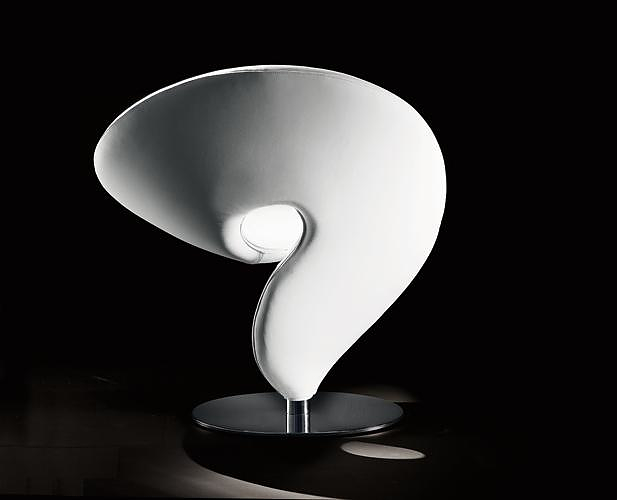What was shell shock called in Vietnam?
What was shell shock called in Vietnam?
post-traumatic stress disorder
PTSD--Shellshock--Hit Vietnam Vets Hardest The symptoms of what is now labeled post-traumatic stress disorder have been known since World War I, said Susan Houston, a clinical psychologist at the Department of Veterans Affairs Medical Center in Long Beach. Then, it was called
combat neurosis and shellshock.
Is shell shock the same as PTSD?
They are the same because
shell shock was an intellectual forerunner to PTSD. ... The difference, however, is that shell shock was specific to the experiences of combat whereas the concept of PTSD has developed to be more wide-ranging. DSM-IV lists 17 symptoms.
Was shell shock real?
The term "shell shock" was coined by
the soldiers themselves. ... It was often diagnosed when a soldier was unable to function and no obvious cause could be identified. Because many of the symptoms were physical, it bore little overt resemblance to the modern diagnosis of post-traumatic stress disorder.
Why did soldiers suffer from shell shock?
A shock to the system In the early years of World War One, shell shock was believed to be the result of
a physical injury to the nerves and being exposed to heavy bombardment. Shell shock victims often couldn't eat or sleep, whilst others continued to suffer physical symptoms.
Why is PTSD no longer an anxiety disorder?
What then is the reason for moving PTSD out of anxiety disorders and into the new trauma and stress disorders section? The main rationale is that
PTSD often manifests with non-anxiety symptoms such as dissociative experiences, anger outbursts, and self-destructive behavior.
Is shell shock a mental illness?
Shell shock is a term coined in World War I by British psychologist Charles Samuel Myers to describe the
type of post traumatic stress disorder many soldiers were afflicted with during the war (before PTSD was termed)....
| Shell shock |
|---|
| Specialty | Psychiatry |
Did PTSD exist in ancient times?
Ancient warriors could have suffered from Post-Traumatic Stress Disorder (PTSD)
as far back as 1300 BC, according to new research. ... Evidence was discovered of trauma suffered by warriors in Mesopotamia, or modern-day Iraq, under the Assyrian Dynasty, which ruled from 1300-609 BC.
What percentage of soldiers have shell shock?
An estimated
10 percent of the 1,663,435 military wounded of the war would be attributed to shell shock; and yet study of this signature condition—emotional, or commotional, or both—was not followed through in the postwar years.
Can you have PTSD and anxiety?
Post-traumatic stress disorder (PTSD) and generalized anxiety disorder (GAD) are two disorders that can occur at the same time. 1 This is not entirely surprising given that PTSD is a trauma- and stressor-related disorder that can manifest in different ways from one person to the next.
Why OCD is no longer an anxiety disorder?
Neuroimaging research that implicates the prefrontal striatal cortex as an important location for executive functioning in the brain, supports the theory that malfunctioning in this brain area causes OCD. The moral of the story is that OCD is no longer categorized as an anxiety disorder in the DSM.
How do you deal with shell shock?
Shaming, physical re-education and the infliction of pain were the main methods used. Electric Shock Treatment was very popular. This involved an electric current being applied to various body parts to cure the symptoms of Shellshock.
Did soldiers in the past get PTSD?
Post-Traumatic Stress Disorder (PTSD) is often thought to have arisen with the advent of mechanised warfare—think shell shock and the First World War—but the
examination of ancient texts offers sufficient evidence that PTSD may be as old as the act of war itself.
What was the old name for PTSD?
shell shock
But PTSD—known to previous generations as
shell shock, soldier's heart, combat fatigue or war neurosis—has roots stretching back centuries and was widely known during ancient times.
Do soldiers still get shell shock?
A soldier displaying the characteristic thousand-yard stare associated with shell shock. ... The term shell shock is
still used by the United States' Department of Veterans Affairs to describe certain parts of PTSD, but mostly it has entered into memory, and it is often identified as the signature injury of the War.
Which war was the most traumatic?
World War One and Vietnam are the wars most closely associated with post-traumatic stress - but it was also a huge problem for the combatants in World War Two, and one that may still be affecting their children and grandchildren today.
What are the 5 signs of PTSD?
PTSD: 5 signs you need to know- A life threatening event. This includes a perceived-to-be life threatening event. ...
- Internal reminders of the event. These symptoms typically present as nightmares or flashbacks. ...
- Avoidance of external reminders. ...
- Altered anxiety state. ...
- Changes in mood or thinking.
EB
What are the four types of PTSD?
PTSD symptoms are generally grouped into four types:
intrusive memories, avoidance, negative changes in thinking and mood, and changes in physical and emotional reactions.
Is OCD a form of depression?
Not surprisingly, OCD is
commonly associated with depression. After all, OCD is a depressing problem and it is easy to understand how one could develop clinical depression when your daily life consists of unwanted thoughts and urges to engage in senseless and excessive behaviors (rituals).
Is OCD still an anxiety disorder?
In DSM-III, DSM-III-R, and DSM-IV, obsessive-compulsive disorder (OCD) was
classified as an anxiety disorder. In ICD-10, OCD is classified separately from the anxiety disorders, although within the same larger category as anxiety disorders (as one of the "neurotic, stress-related, and somatoform disorders").
Which war had the worst PTSD?
Thus, through the effects of
World War II, Post Traumatic Stress Disorder was eventually recognized as an official disorder in 1980.
